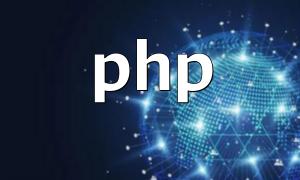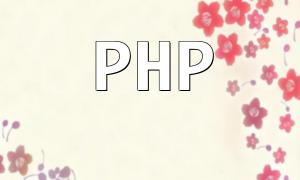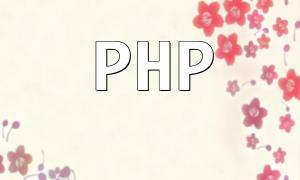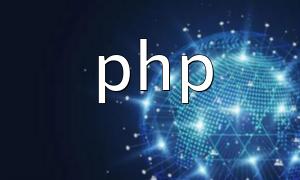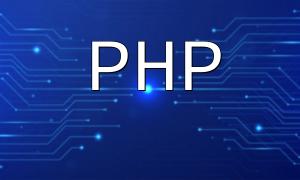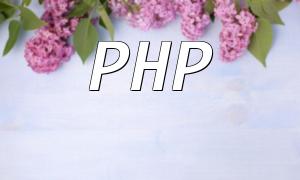The addcslashes() function in PHP is a string-handling utility used to escape specific characters within a string. This is particularly useful when you need to prevent special characters from being interpreted as code or to avoid parsing errors. Here's the basic syntax:
string addcslashes(string $str, string $charlist)$str represents the input string to be escaped, while $charlist defines which characters in the string should be preceded with a backslash.
In PHP, the backslash (\) is a special character used for escaping. When you want to prevent certain characters—such as quotes—from being interpreted or executed, addcslashes() helps by automatically prefixing them with a backslash.
$str = "It's a beautiful day!";
echo addcslashes($str, "'");Output:
It\'s a beautiful day!
When dealing with structured formats like JSON or regular expressions, escaping multiple characters might be required. This can also be achieved with addcslashes():
$str = '{ "name": "John", "age": "30", "city": "New York" }';
echo addcslashes($str, "\"\\/");Output:
{ \"name\": \"John\", \"age\": \"30\", \"city\": \"New York\" }
Since the backslash is itself an escape character, extra care is needed when dealing with strings that contain single quotes or other escapable characters. Over-escaping can lead to confusing output or logic bugs.
$str = "It's a beautiful day!";
echo addcslashes($str, "'\\");Output:
It\\'s a beautiful day!
The addcslashes() function is designed for ASCII characters only. If you need to escape Unicode characters, consider using mb_convert_encoding() to convert the string encoding first:
$str = "你好,世界!";
$str = mb_convert_encoding($str, 'UTF-32', 'UTF-8');
echo addcslashes($str, '\\x');Output may look like:
\\x4f60\\x597d\\xff0c\\x4e16\\x754c\\xff01
To prevent SQL injection or syntax errors, it's important to escape user input in SQL queries. While modern practice recommends prepared statements, addcslashes() can be a manual fallback:
$username = "admin";
$password = "1234'5678";
$sql = "SELECT * FROM users WHERE username = '" . addcslashes($username, "'\\") . "' AND password = '" . addcslashes($password, "'\\") . "'";
echo $sql;Output:
SELECT * FROM users WHERE username = 'admin' AND password = '1234\\'5678'
In file operations, incorrect parsing of file paths due to special characters can cause runtime errors. Escaping backslashes and quotes helps prevent such issues:
$filename = "C:/Users/Administrator/Desktop/foo.txt";
$file_content = file_get_contents(addcslashes($filename, "'\\"));
echo $file_content;This ensures safer access to files with complex paths.
The addcslashes() function is a versatile tool in PHP for escaping specific characters in a string. It's especially helpful in scenarios involving database queries, file system access, and structured data manipulation. When used properly, it improves both the security and reliability of your PHP code. However, always be mindful of character encoding and escaping logic to avoid unexpected results.


